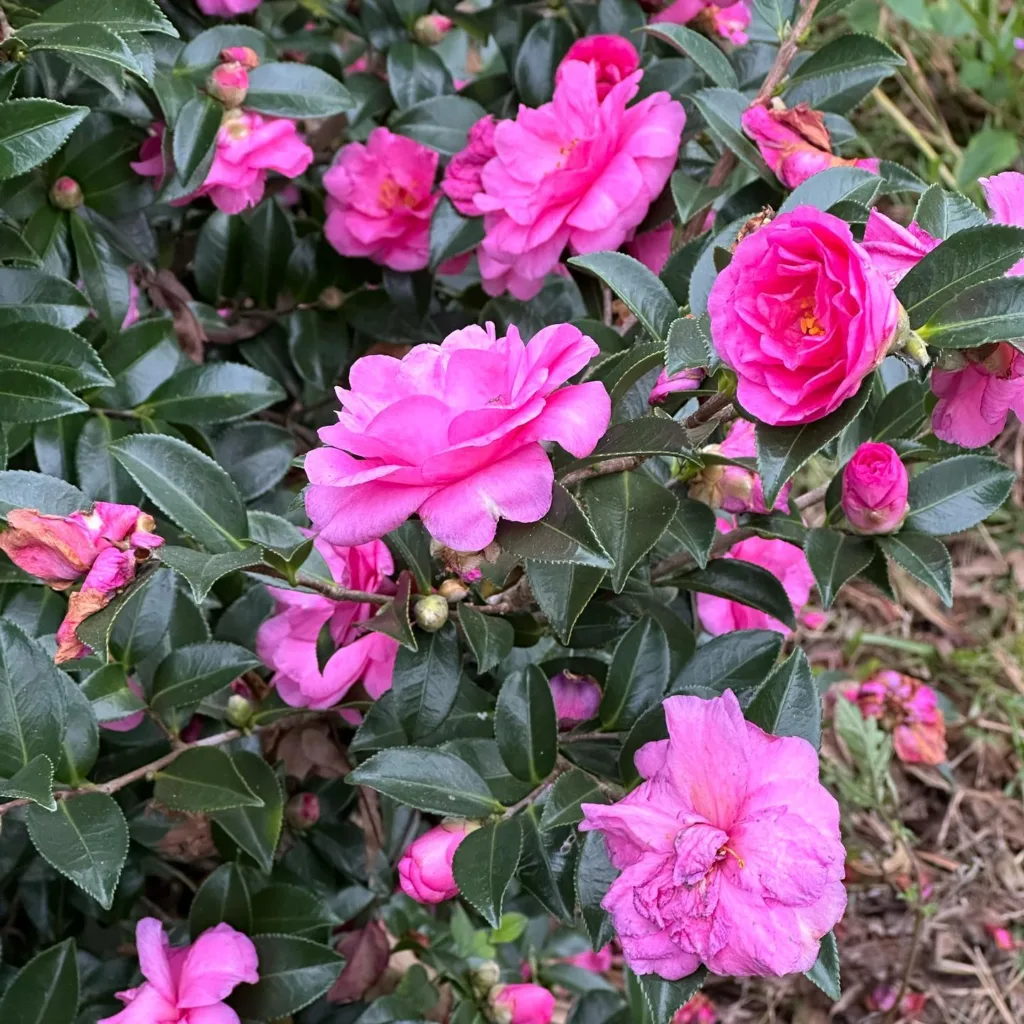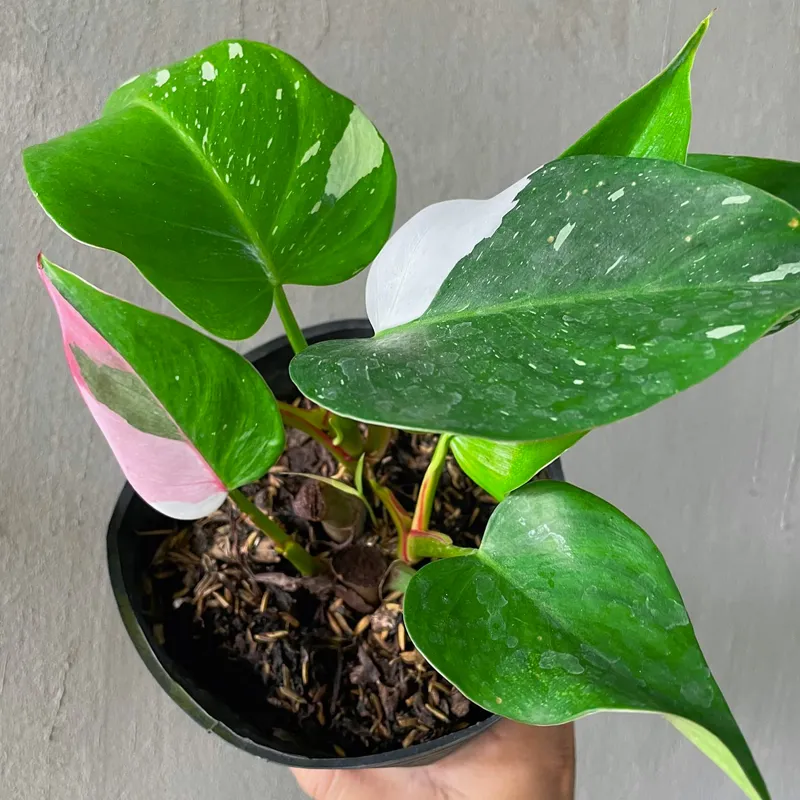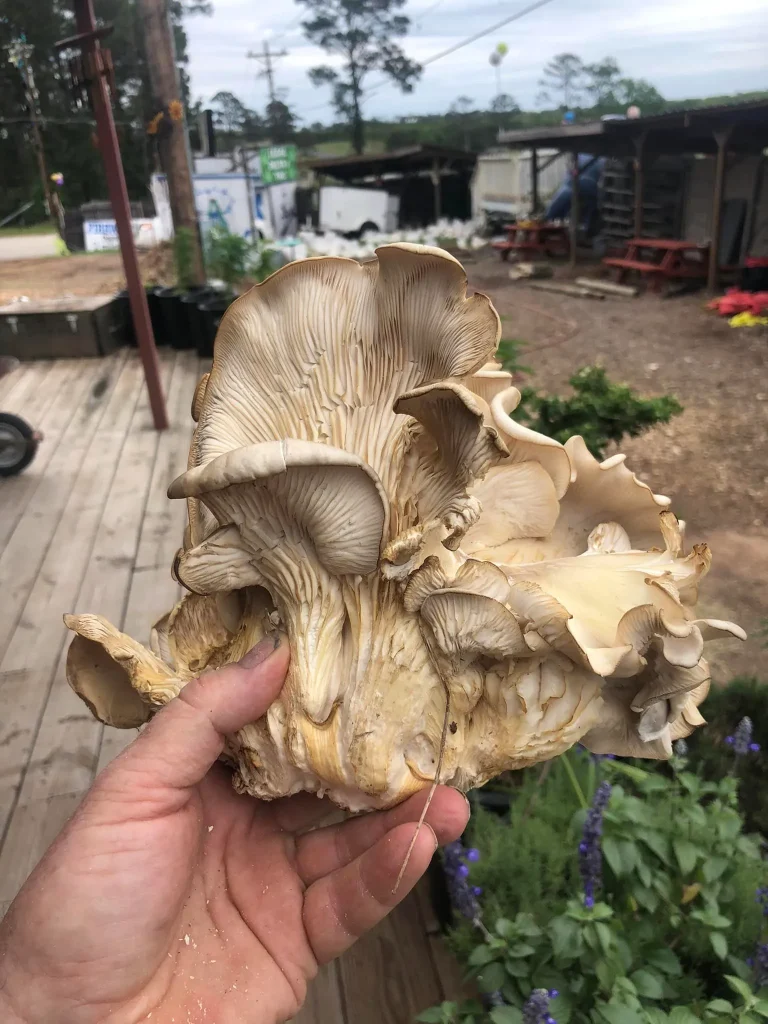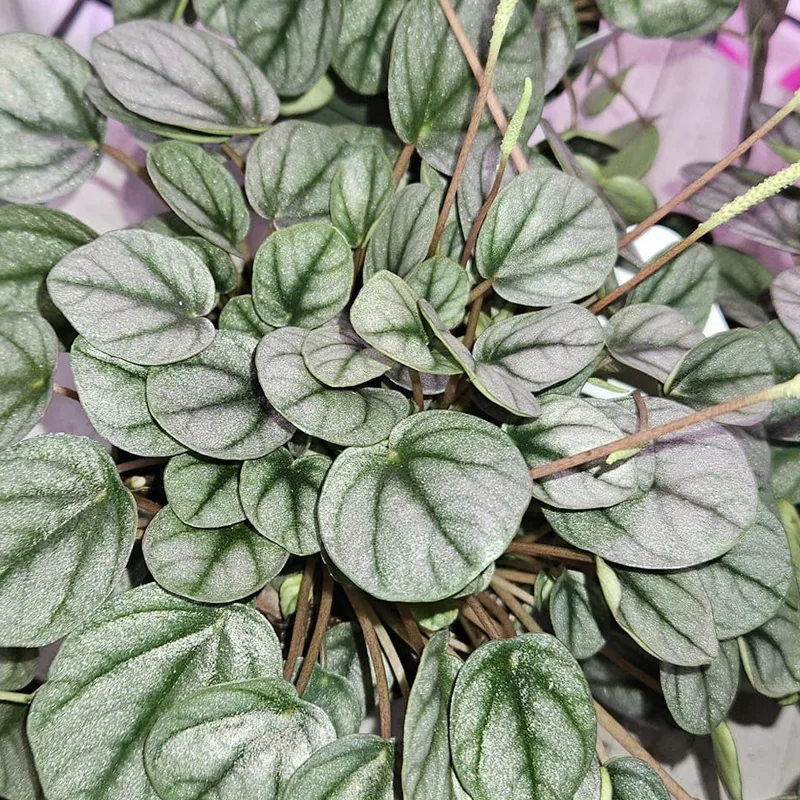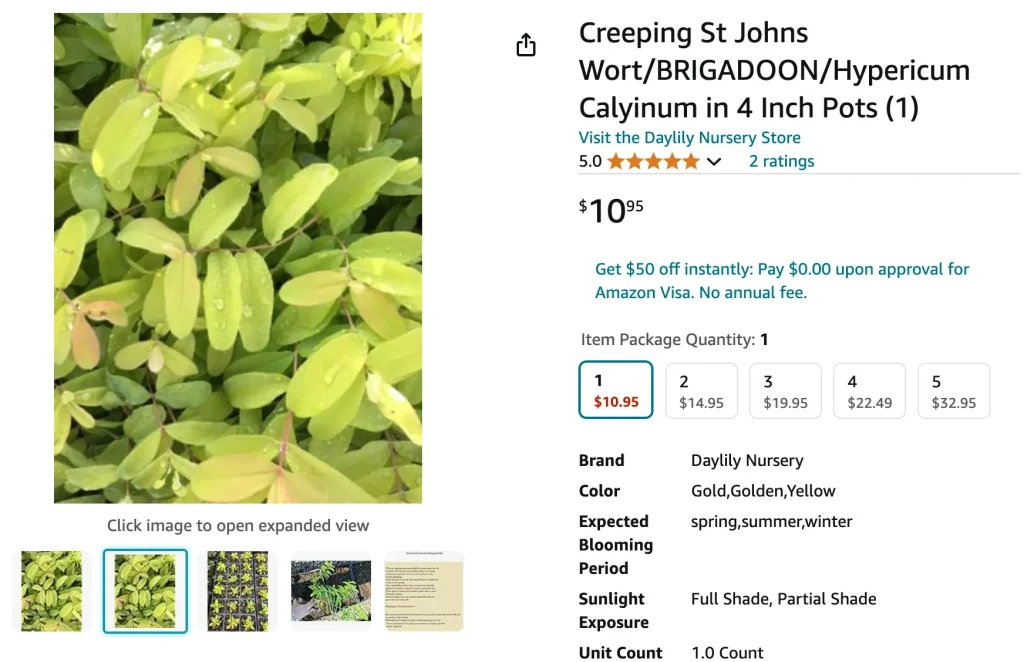
What Is Hypericum Brigadoon?
Hypericum Brigadoon, also known as Brigadoon St. John’s Wort, is a striking perennial that has earned its place in my garden for its vibrant, golden-yellow blooms and its ability to bring a touch of sunshine even on the cloudiest days. This variety of Hypericum, part of the St. John’s Wort family, is known for its compact growth and rich flowering, making it a popular choice among gardeners who want a splash of color and a bit of charm.
525 Species in Genus Hypericum
How to Care for Hypericum Brigadoon?
Caring for Hypericum Brigadoon is relatively straightforward, and its robust nature makes it a great choice for both novice and experienced gardeners.
Sunlight: Hypericum Brigadoon thrives in full sun. I’ve found that it performs best when it gets at least six hours of direct sunlight each day. However, it can tolerate partial shade if necessary.
Soil: This plant prefers well-draining soil. My garden soil is a mix of loam and sand, which helps prevent waterlogging. If your soil is heavy clay, consider amending it with organic matter to improve drainage.
Watering: Regular watering is crucial, especially during dry periods. I water my Hypericum Brigadoon deeply once a week. Overwatering can be harmful, so ensure the soil is dry to the touch before giving it another drink.
Fertilizing: I feed my Hypericum Brigadoon with a balanced, all-purpose fertilizer in early spring as new growth begins. A monthly feeding during the growing season helps keep the plant healthy and vigorous.
Pruning: Pruning helps maintain its shape and encourages more blooms. I usually prune back about one-third of the plant’s height after the first flowering. This promotes a fuller appearance and encourages a second round of blooms.
How to Propagate Hypericum Brigadoon?
Propagating Hypericum Brigadoon is a rewarding process and can be done through several methods.
Seed Propagation: I often start by sowing seeds indoors about 8-10 weeks before the last frost. Using seed trays with well-draining potting mix, I lightly press the seeds into the soil and keep them moist. Once they germinate, I transplant them outdoors after the danger of frost has passed.
Cuttings: Another method I’ve used successfully is taking cuttings. I take 4-6 inch cuttings from the plant in late summer or early fall. Using a rooting hormone, I place the cuttings in a pot with a mix of sand and peat. I keep the cuttings moist and warm until they develop roots, then transplant them to their final location.
What to Plant With Hypericum Brigadoon?
Hypericum Brigadoon pairs well with a variety of other plants in the garden. I’ve had great success combining it with:
Daylilies: Their bold, trumpet-shaped flowers complement the Hypericum’s delicate blooms and add a different texture to the garden.
Lavender: The contrasting purple of lavender against the yellow flowers of Hypericum Brigadoon creates a visually pleasing effect.
Coneflowers: Their upright habit and bright colors balance well with the spreading nature of Hypericum Brigadoon.
How to Use Hypericum Brigadoon?
Beyond its ornamental appeal, Hypericum Brigadoon can be used in several ways.
In Bouquets: The bright yellow flowers make excellent cut flowers. I often use them in mixed bouquets, where their vibrant color adds a cheerful touch.
For Ground Cover: Due to its spreading nature, Hypericum Brigadoon works well as a ground cover plant. It helps suppress weeds and provides continuous color throughout the growing season.
In Containers: I’ve also grown Hypericum Brigadoon in containers. It makes a great addition to patio gardens and provides a pop of color at the entryway.
Is Hypericum Brigadoon Toxic?
Hypericum Brigadoon is generally considered non-toxic to humans and pets. However, it’s always wise to keep an eye on pets around plants and consult with a professional if you have any concerns. While rare, some individuals might experience allergic reactions to the plant.
How to Deal with Common Problems?
Hypericum Brigadoon is relatively pest-resistant, but here are a few issues you might encounter:
Powdery Mildew: This can occur in humid conditions. To prevent it, ensure proper spacing for good air circulation and avoid overhead watering. If it does appear, treat it with a fungicide.
Aphids: These small pests can sometimes infest the plant. Regularly inspecting and washing off the aphids with a strong water spray usually helps control them.
Conclusion
Incorporating Hypericum Brigadoon into your garden can add a splash of vibrant color and charm. With its easy care, propagation options, and versatility in garden design, it’s a fantastic choice for any gardener looking to brighten up their space. By following these tips, you can ensure that your Hypericum Brigadoon remains a standout feature in your garden for years to come.
If i die, water my plants!
